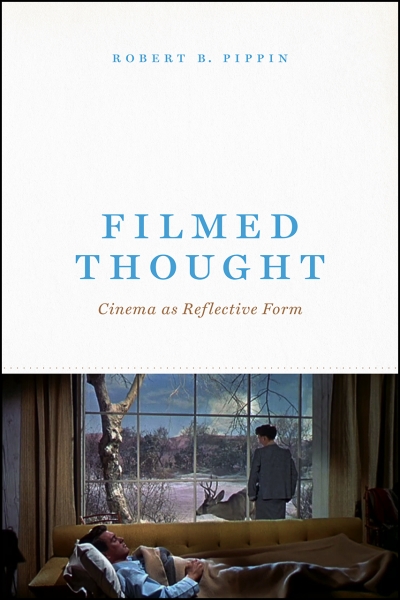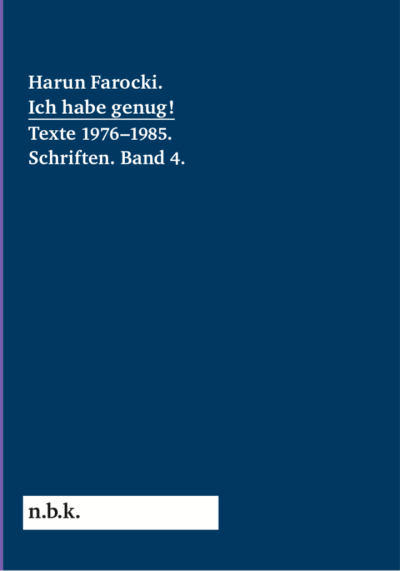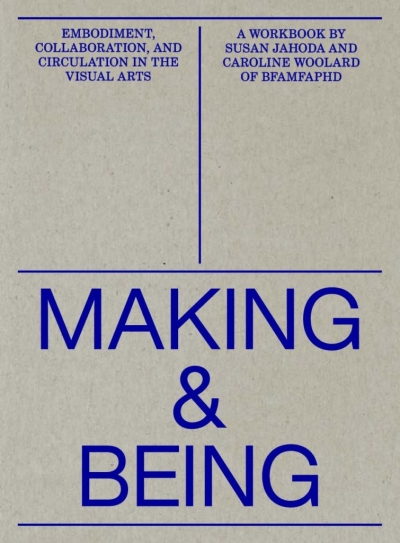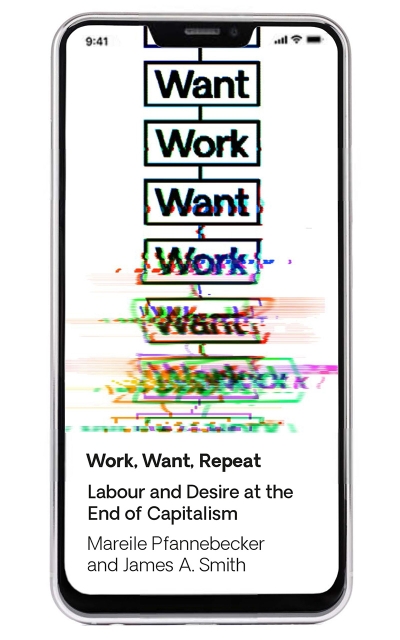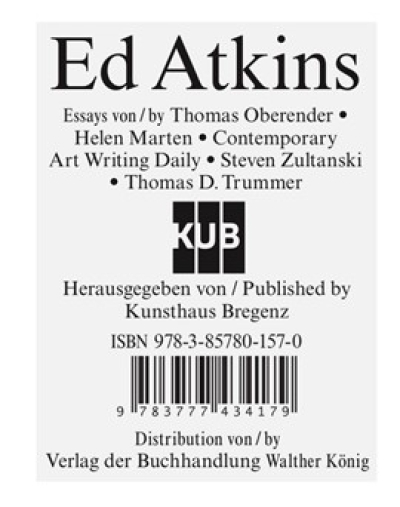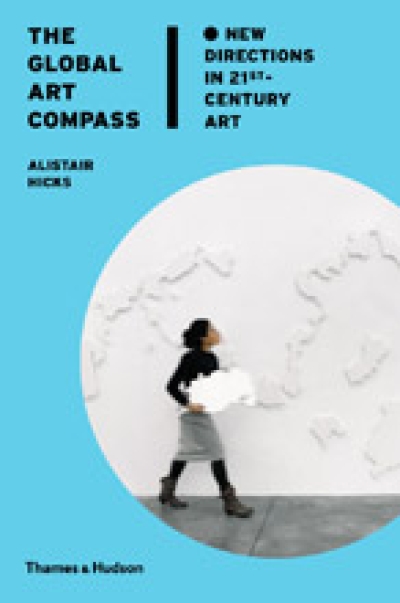
The Global Art Compass
In his highly original, wide-ranging and abundantly illustrated book, Alistair Hicks demonstrates his belief that no single curator, critic or dealer can or should monopolize our view of what is happening in the art world today. Instead, he aims to show us how exciting and rewarding it is to steer our own way through the art world. See the art, listen to the artist, trust your responses learn to navigate according to your own instincts. The Global Art Compass is an account of the authors explorations in the contemporary art world and a manifesto for how we might all discover our own inner art compass. The book has an easy-to-navigate continent-by-continent structure and includes numerous extracts from the authors interviews with artists as diverse as Laure Prouvost (France), Gavin Turk (UK), Anri Sala (Albania), Roman Ondak (Slovakia), Michael Borremans (Belgium), Lada Nakonechna (Russia), Gabriel Orozco (Mexico), Amy Cutler (USA), Sandra Gamarra (Peru), Cai Guo-Qiang (China), Nandan Ghiya (India) among many others.
In the past, writers and critics from Goethe to Clement Greenberg perpetuated particular ideas about art and even dictated them to artists. Since then, however, the artists have rebelled. They no longer have to follow one prevailing theory or head for any particular city. New York, London, Paris, Berlin and Beijing are all great places to make art, and none today has a stranglehold on creation.
The Global Art Compass demonstrates the author's belief that no single curator, critic or dealer can or should monopolize our view of what is happening in the art world today. Instead, he shows us how exciting and rewarding it is to navigate our own way through the art world by listening to the artists themselves.
Including extracts from interviews with artists as diverse as Laure Prouvost (France), Anri Sala (Albania), Gabriel Orozco (Mexico), Sandra Gamarra (Peru), Cai Guo-Qiang (China) and Nandan Ghiya (India), among many others, The Global Art Compass is a manifesto for how we might all discover our own inner art compass to help steer us towards the art that we find most meaningful and engaging.
The results show that the preoccupations of artists in the twenty-first century are largely universal: that ever-faster communications are balanced by a resistance to globalization; that while art is seen by many as a commodity, it also has the power to be a regenerative tool; and that, despite an increasing confidence in an ever-growing range of media, artists are often searching for simple stories that will reach out to bigger audiences and change their lives for the better.
Alistair Hicks is Senior Curator of the Deutsche Bank art collection. His previous books include New British Art in the Saatchi Collection, The School of London: The Resurgence of Contemporary Painting and Art Works: British and German Contemporary Art, 1960–2000.













































